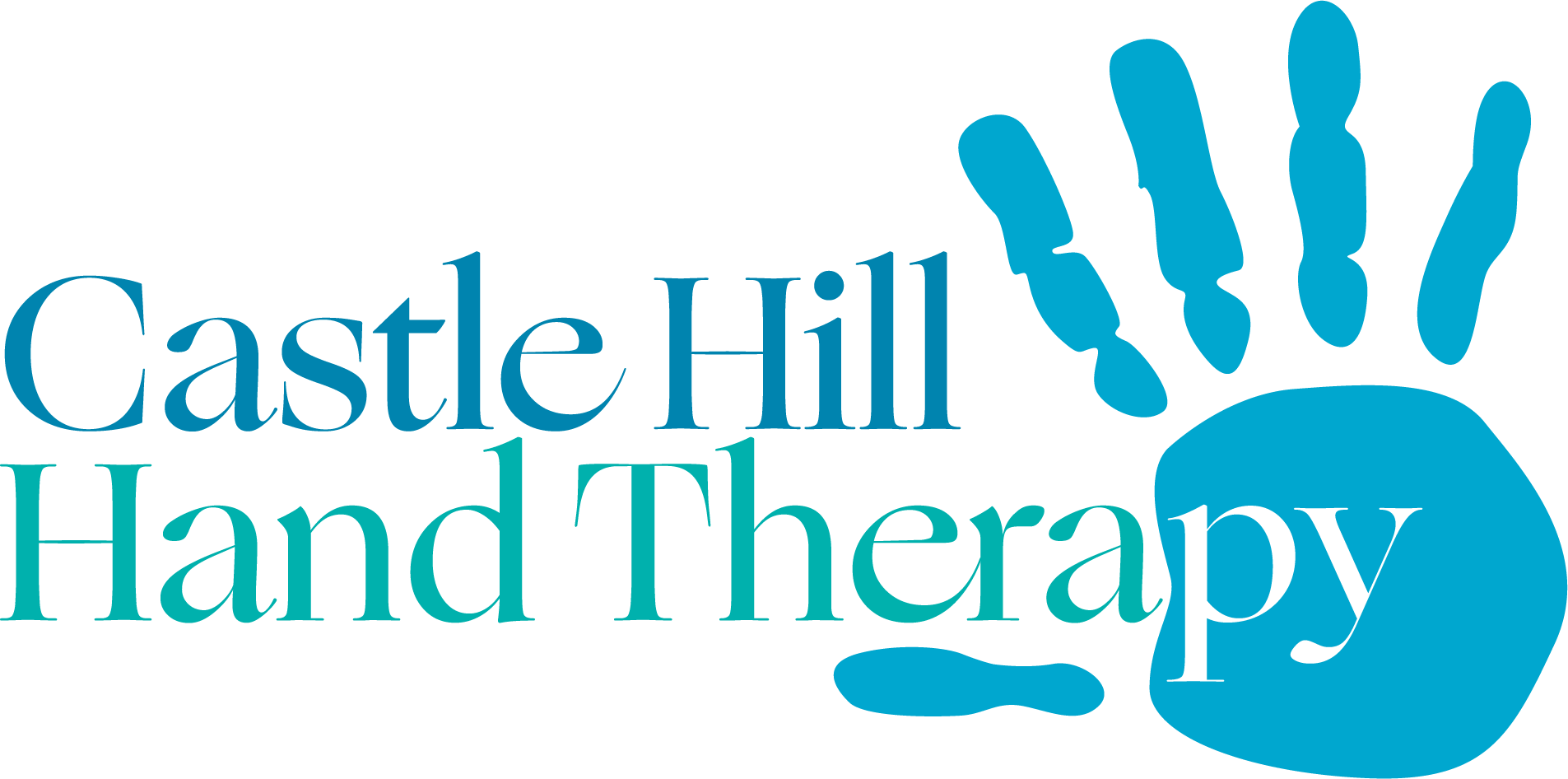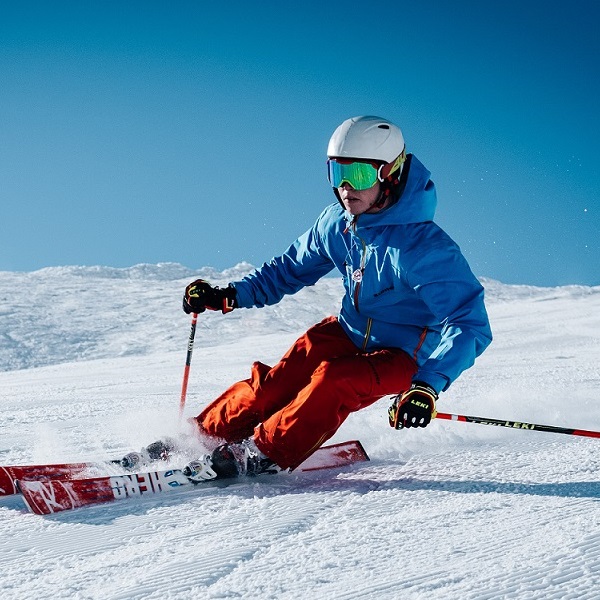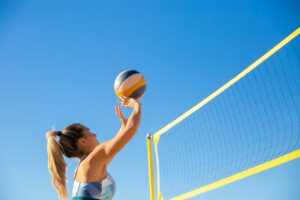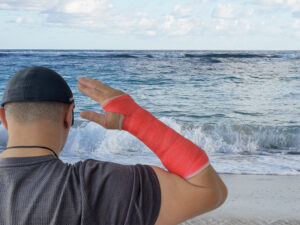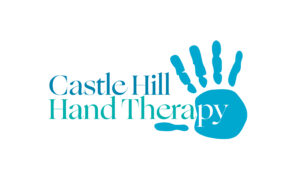Skier’s thumb presents with instability, pain and swelling in the second joint of your thumb in the area closest to the hand web space. The thumb may be weak when pinching, feel unstable and be difficult to use.
The injury is caused by the thumb being forced further than normal out to the side and backwards. The ulnar collateral ligament can be sprained (partially torn) or torn completely. This injury does not often resolve by itself and the best results arise from early investigation and management.
The most common causes for a skier’s thumb injury is a fall onto an outstretched hand whilst holding a ski pole or other item in your palm. Whilst a Skier’s thumb injury is attributed to 8-10% of all skiing injuries, it is not exclusive to skiers. The injury commonly occurs in hockey, road and mountain bike riding, football, rugby league and union, wrestling and fighting.
Assessment by a hand therapist will enable grading of your injury and formulation of a plan for management. An X-ray is recommended to rule out a fracture and your hand therapist can refer you for one and perform a stability test for the ligament. Most commonly, conservative management is required from a hand therapist but a complete tear often needs surgery.
Splint/Orthosis:
Your hand therapist will custom make you an orthosis/splint which will be worn full time for a number of weeks to allow for healing of the ligament. This orthosis can usually be removed for showering, hand washing and a gentle exercise program. It can get wet and be cleaned easily. Your orthosis will benefit from adjustments as your swelling reduces so it remains comfortable.
You may have bought a brace from the chemist or been provided with an off the shelf splint, but they are often bulky and make daily activities difficult. A custom made orthosis will be comfortable and hold the thumb in the best position for healing.
Exercises:
Your hand therapist will provide you with an exercise program to prevent stiffness of the thumb whilst ensuring the injured ligament is not stretched. This will be upgraded as you heal. It is beneficial to exercise the other joints near the injury to ensure they do not get stiff too. A strengthening program will be prescribed once the ligament is healed.
Therapy:
Swelling and bruising control is often required and your hand therapist may offer massage, compression bandaging and ultrasound therapy.
Activity:
It is recommended to use the hand for light activity whilst the ligament is healing. Ensure that your thumb is not pushed backwards or out to the side (away from the index finger) at any time as this will stretch the ligament and delay the healing. It is advisable to avoid heavy lifting, such as gym weights and sports, even whilst wearing the orthosis.
Goal of hand therapy:
The main goal of hand therapy is to achieve a stable thumb joint which will allow you to grip, pinch and move your thumb to enable you to function as you did before the injury. If you have concerns relating to the stability of your thumb, let your hand therapist know immediately and they can help.
If you have a thumb sprain, Belinda can custom make an orthosis for your skier’s thumb injury and provide you with an exercise program and advice to optimise your recovery. Send an email or call Belinda at Castle Hill Hand Therapy today.
